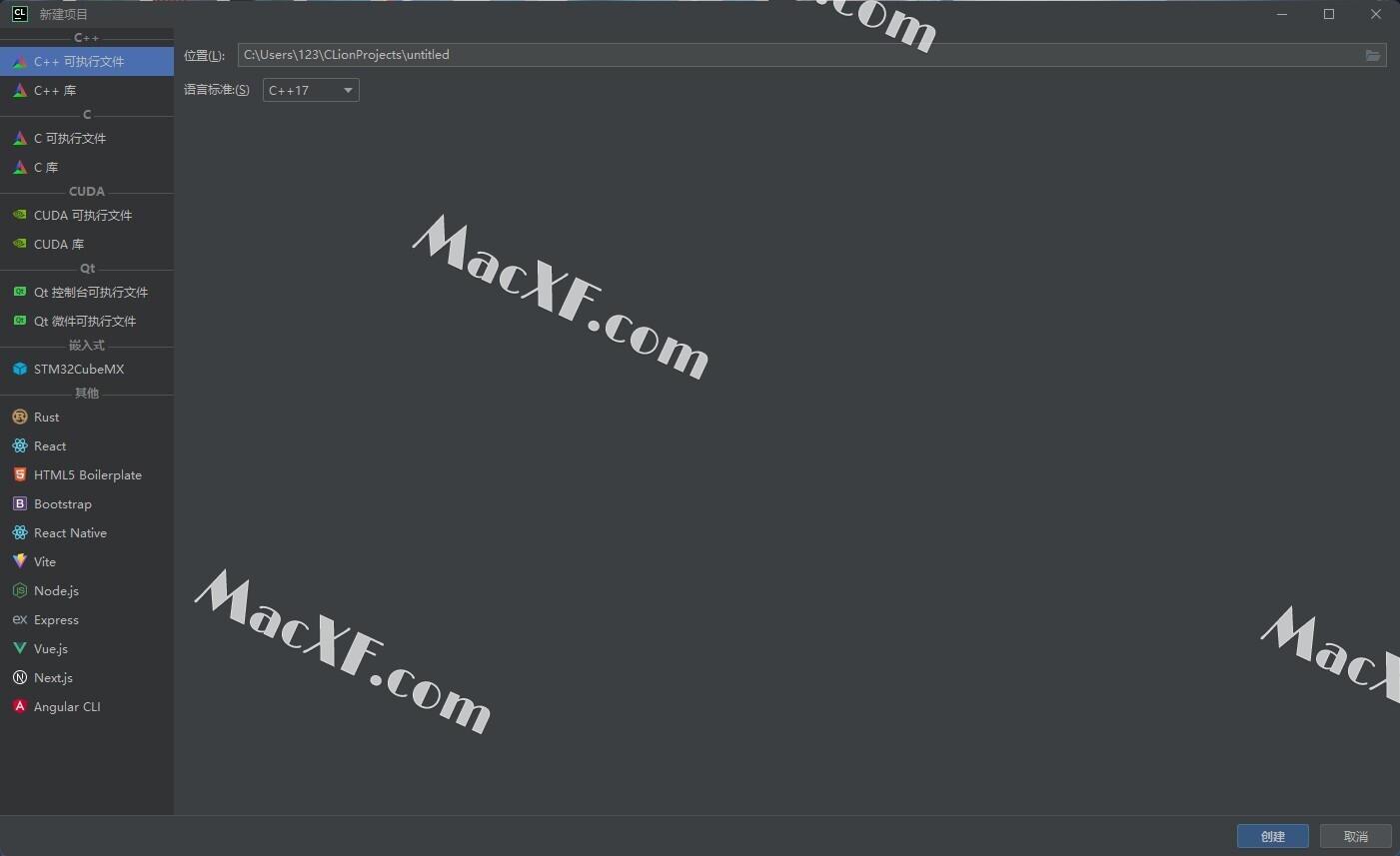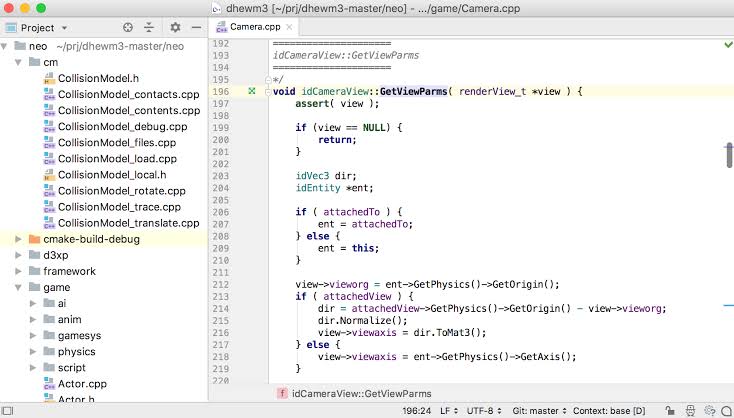

The Memory view received many updates in the previous version, and now in v2023.2, it also supports on-the-fly memory editing and displays the memory value right after editing. Talking about the disassembly view, CLion now supports ARM assembly languages, which means you’ll see code highlighting for ARM assemblers there. You can also consult the disassembly view to see the registers inlined right there: You can inspect register values in the Variables tab of the Debugger tool window: Together with the disassembly, memory, and peripherals views, this feature can help you get a better and deeper understanding of what’s going on in your code. Would you like to see other improvements to this dialog? Speak up and let us know!ĬLion makes low-level debugging easier by adding a Register view to the debug.

However, you don’t always launch your app from CLion directly, for example, when developing a service. The integrated debugger can help you quickly find issues in your code and easily understand how the code works under the hood. Debugger updateĬLion 2023.2 has updated the bundled debuggers and now comes with LLDB v16 and GDB v13.1.

Read on for more details about the key improvements in this version. Last but not least, the new version includes AI Assistant, weaving its AI capabilities naturally into some of the core IDE user workflows.ĬLion 2023.2 is available in the Toolbox App, as a snap package (on Ubuntu), from our website, or via a patch update from version 2023.1. Support for vcpkg has been improved to make the Manifest and Classic modes easier to distinguish. It reimagines the PlatformIO integration by removing the redundant CMake intermediate level. CLion 2023.2 is focused on enhancing the IDE experience for those who do low-level, remote, and embedded development.


 0 kommentar(er)
0 kommentar(er)
